During the period of feudal autonomy, along with the emergence and development of scholarly, professional, and royal culture, VHDG still existed and played an important role in the development of Vietnamese culture and society, especially among the working masses. Today, our country is in the process of industrialization and modernization, and the whole country is striving to realize the goals of the Central Resolution 5 (VIII term) on "Building and developing an advanced Vietnamese culture with strong national identity". In that general context, once again we see the prominent role of VHDG in national culture (VHDT) and in social life.
Traditional culture is the “source of ethnic culture”, “original culture”, “mother culture”. That means traditional culture is associated with the long history of the nation, is the source of production and continues to nurture traditional culture. Traditional culture is called “original culture”, “mother culture” because traditional culture arises and exists in a composite form, the parts are still closely linked together. Having people means having culture, having a nation means having traditional culture. From the point of view that traditional culture is the source of traditional culture, in practical activities to preserve and revive traditional culture, we must start from traditional culture.
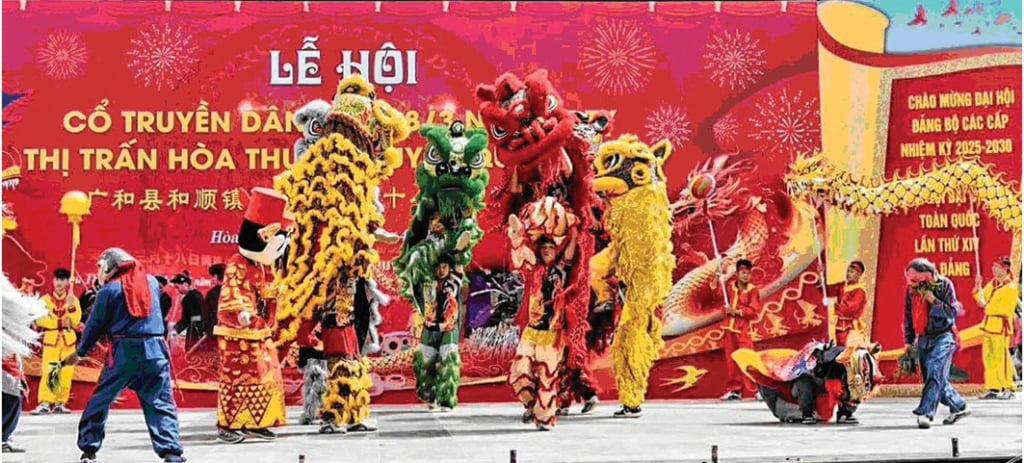
Cultural identity can be understood as the core element that creates national identity, national identity contributes to creating national character, that is, the vitality and experience of the nation, thanks to which the nation can be steadfast and survive the harsh challenges of history. From that general concept, we can consider the extremely rich and diverse cultural nuances of Vietnamese cultural identity, such as patriotism, community spirit, openness, easy harmony, adaptability in cultural exchange..., social behaviors, adaptability and harmony in dealing with nature... If we assume that ethnic culture contains and expresses ethnic cultural identity, then in practice, the preservation, enrichment and promotion of ethnic cultural identity must first come from the preservation, enrichment and promotion of ethnic culture; the value system of ethnic culture is first implicit in ethnic culture.
They are expressed on many levels, such as human behavior towards the natural environment in the direction of adaptation and harmony rather than control and transformation. This behavior is also seen in the way of eating, dressing, living, traveling, community relations... There are many more values of traditional culture that we can find in the treasure trove of folk knowledge related to the environment, health care and treatment, knowledge of production and community management. Traditional culture is a traditional element of a culture, made up of elements such as traditional culture, customs, practices, beliefs, festivals, folk games and traditional art forms. From such diverse forms of existence, traditional culture plays the role of both content, purpose, environment, and motivation to attract tourists and develop tourism .
Nowadays, in the trend of globalization, more than ever we must preserve, enrich and promote the identity of ethnic culture - considering it as our identity for international integration and exchange. We need to clearly recognize the role of ethnic culture as the origin, identity, value system and symbol of ethnic culture.
From the foundation of VHDG, localities can develop unique tourism products, because VHDG is an element with its own unique features, if moving to other regions and localities, this unique feature will be lost. For example, tourists who want to visit the Nang Hai Festival can only go to Tien Thanh commune (Quang Hoa) at the end of March, if they want to experience the Tranh Dau Phao Festival, they can go to Quang Uyen town (Quang Hoa) at the beginning of February, if they want to experience and enjoy the Heo Phuong folk songs - folk songs of the Nung An people, they can go to the Thanh Minh festival during the Thanh Minh festival in Phuc Sen commune (Quang Hoa), if they want to enjoy the Luon Coi performances, they can go to the Phong Luu Festival (love market) on March 30 and August 15 of the lunar calendar every year...
Currently, the general trend of localities nationwide is to focus on researching, collecting, preserving and promoting traditional cultural assets in ethnic communities, especially traditional cultural assets in tourism development, and Cao Bang is no exception. Therefore, awareness of cultural tourism in the government, businesses and people is increasingly enhanced. From there, relics and tourist destinations associated with traditional cultural assets are invested in construction and restoration; tangible and intangible cultural assets are investigated and identified through research projects and seminars; traditional festivals are restored and put into operation...
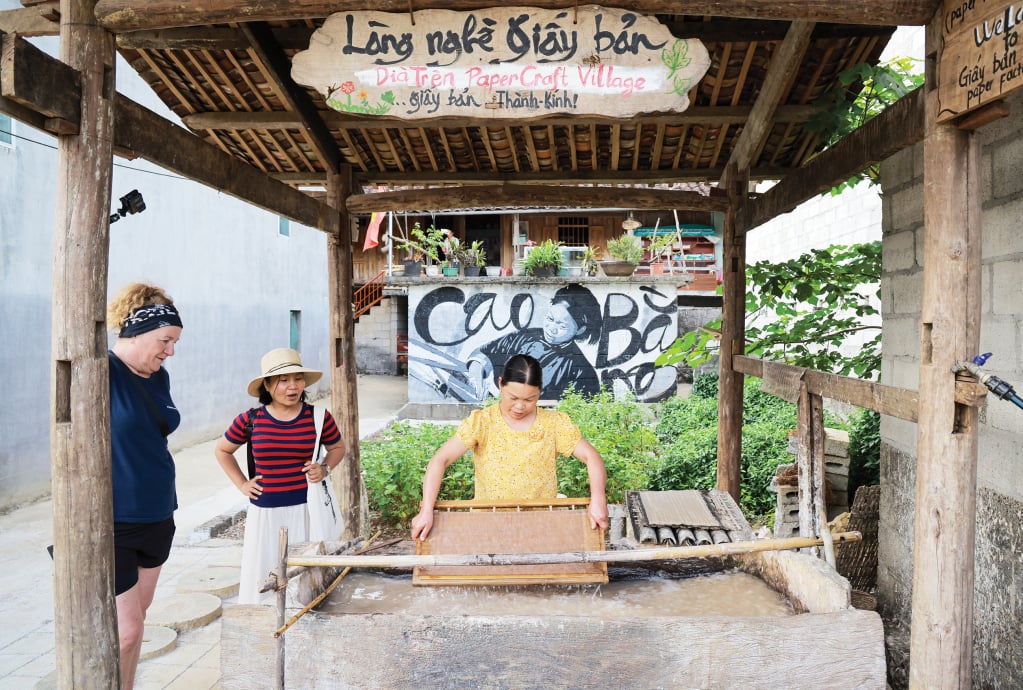
Photo by The Vinh
In the province, there are many tourism models and destinations associated with traditional culture with strong local identity that have been well exploited such as: tourism to experience the brocade weaving village of the Tay people in Luong Noi hamlet, Ngoc Dao commune (Ha Quang); tourism to experience the blacksmithing, paper making, and incense making of the Nung An people in Phuc Sen commune (Quang Hoa)...
The cultural heritage of ethnic communities has created a unique and distinctive feature for the tourism picture of Cao Bang. However, in the process of exploitation and building brands, tourism products still face many challenges. Tourism services in the area are currently small and fragmented, so they cannot retain many tourists; tourist destinations are scattered, and there are not really specialized routes and tours to exploit tourism resources in depth and effectively in general, and cultural heritage resources in particular. And a worrying issue is the potential risk of some customs and practices being lost; folk artisans are aging and lack the conditions to pass on their skills, especially there is a phenomenon of distorting cultural heritage values due to market mechanisms and regional cultural exchanges.
From that reality, in order for VHDG and tourism to be able to combine and complement each other, VHDG associated with tourism development, tourism activities help the values of VHDG to be increasingly spread, requiring functional agencies and levels in localities to have appropriate orientations. When creating tourism products, diversity is necessary, but it is important to preserve identity, such as festivals of the Mong people, the Mong people must always be the subject in activities and rituals, avoiding the imposition that causes the loss of the original values in VHDG of ethnic groups. Along with that, functional sectors need to pay attention to the training and fostering of folk artisans to preserve and promote the unique values of traditional culture. Types of performances and folk games also need to be taught and restored in tourist areas to attract tourists from all over, creating conditions for tourists to experience connecting activities.
Tourism is an important economic sector. In addition to the goal of economic development, the tourism sector also has the task of promoting scenic spots, historical sites, traditional cultural values in the locality, and exchanging and integrating in the development process. Therefore, developing tourism from VHDG also has an important meaning in preserving the identity of ethnic culture, contributing to the successful implementation of the Resolution of the 5th Conference of the Central Executive Committee of the Party (VIII term) on "Building and developing an advanced Vietnamese culture with strong national identity" in the period of accelerating industrialization and modernization of the country.
Source: https://baocaobang.vn/bao-ton-van-hoa-dan-gian-gan-voi-phat-trien-du-lich-ben-vung-3177376.html



![[Photo] Prime Minister Pham Minh Chinh chairs meeting on draft Resolution of National Assembly on International Financial Center in Vietnam](https://vphoto.vietnam.vn/thumb/1200x675/vietnam/resource/IMAGE/2025/5/22/d398664ff1a140629169ea5a24e1b4d0)

![[Photo] T&T 1 and Ho Chi Minh City 1 People's Police Teams won the men's and women's team championships](https://vphoto.vietnam.vn/thumb/1200x675/vietnam/resource/IMAGE/2025/5/22/39db06ae67cb4001b7a556e8d9a56d07)
![[Photo] Press delegation meeting to visit Truong Sa and DK1 Platform](https://vphoto.vietnam.vn/thumb/1200x675/vietnam/resource/IMAGE/2025/5/22/6b8d232877ec421a9e8187d83b9f8006)
![[Photo] General Secretary To Lam chairs a working session with the Central Internal Affairs Commission](https://vphoto.vietnam.vn/thumb/1200x675/vietnam/resource/IMAGE/2025/5/22/3b7790f499da45b2803d8ae253207ef1)


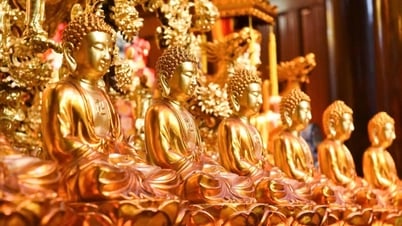

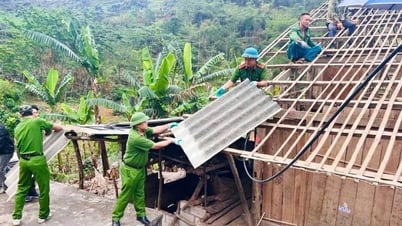
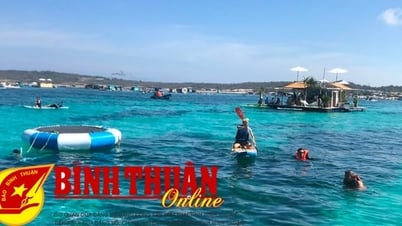

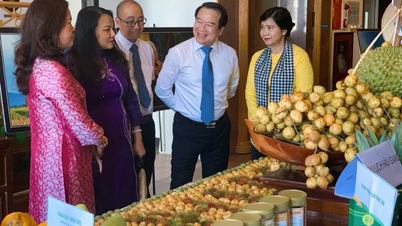

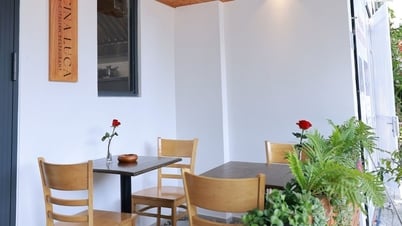




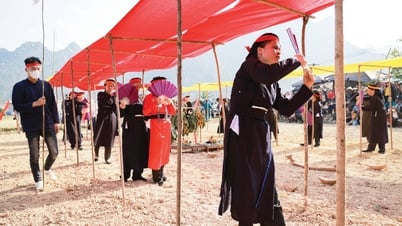
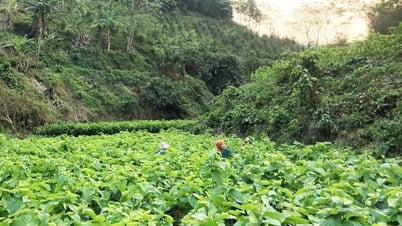
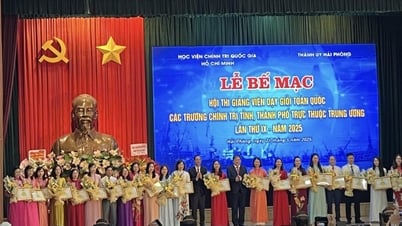
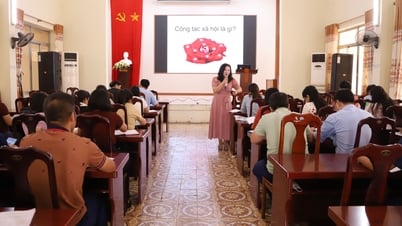
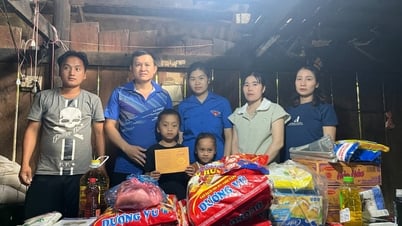
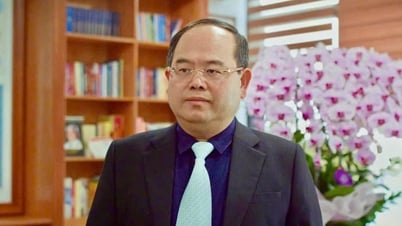










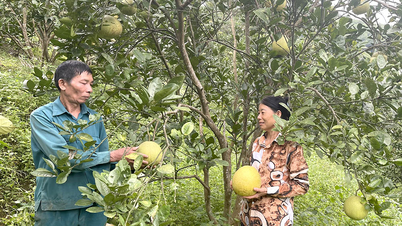


















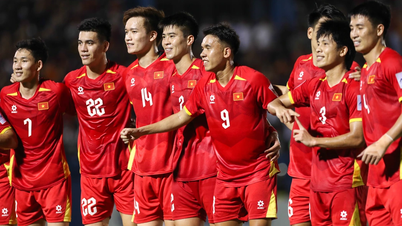


![[Infographic] Investment project to build Tu Lien bridge and roads at both ends of the bridge](https://vphoto.vietnam.vn/thumb/402x226/vietnam/resource/IMAGE/2025/5/23/3c167ece69cb4aecb3e55de5ebc38b88)
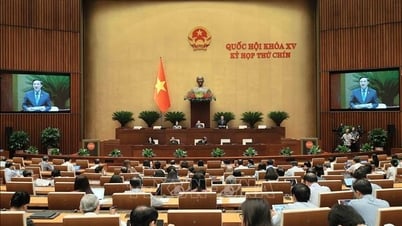
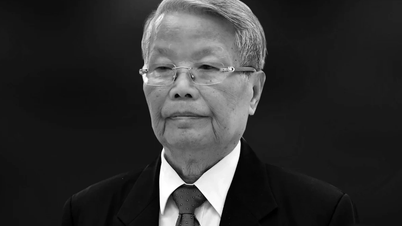
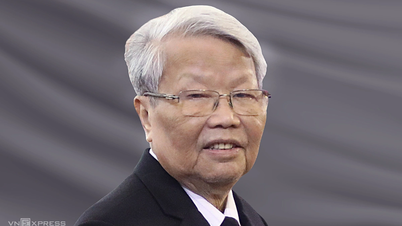

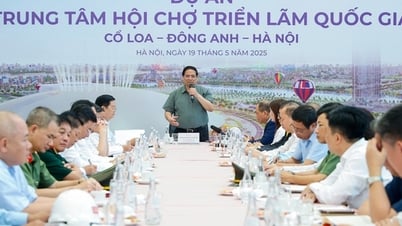

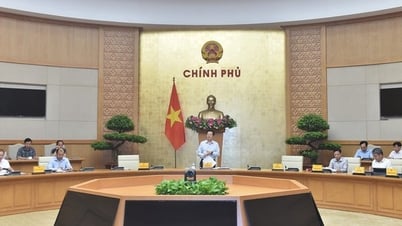
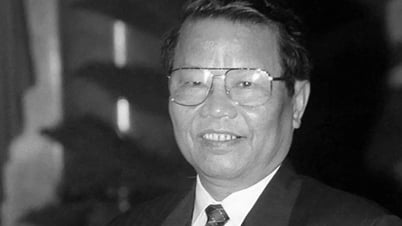




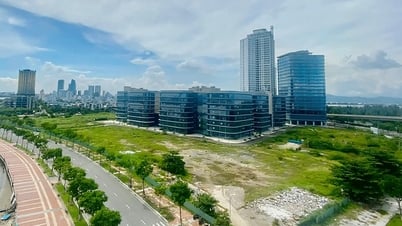
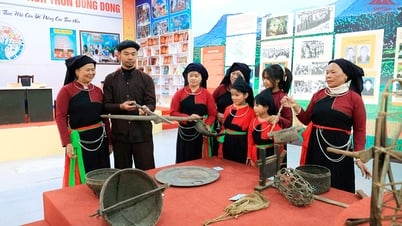

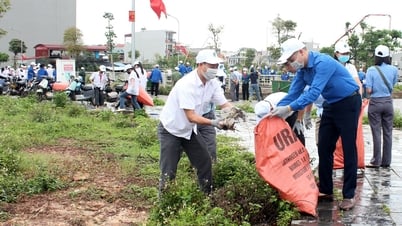

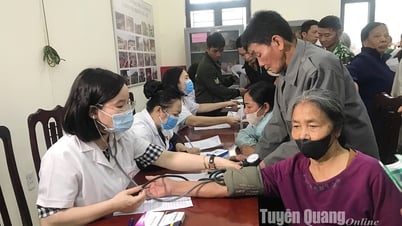

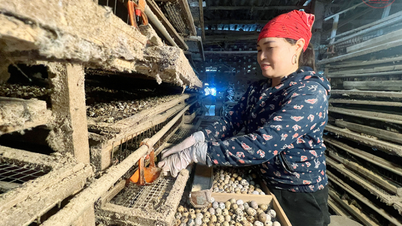




![[Podcast] Week introducing more than 500 OCOP products in Hanoi](https://vphoto.vietnam.vn/thumb/402x226/vietnam/resource/IMAGE/2025/5/22/d144aac2416744718388dbae3260e7fd)





Comment (0)